Nearly 90 schools across Scotland still have “combustible” cladding, new figures reveal.
The Scottish Conservatives are calling for more “urgency” to tackle the safety issue, with 88 schools impacted.
It comes after the party obtained figures that show a total of 108 council and health board-owned buildings still have flammable cladding.
The material is similar to the type found in the Grenfell Tower, which caught fire five years ago, killing 72 people.
The blaze at the high-rise spread rapidly due to the cladding installed on the outside.
It found 12 schools across Moray and several buildings – including schools and housing developments – still had similar cladding.
The list of buildings in Moray with the cladding:
- Pilmuir Nursery, Forres
- Applegrove Primary School, Forres
- Cullen Primary School, Cullen
- Lhanbryde Primary School, Lhanbrdye
- Millbank Primary School, Buckie
- Milnes Primary School, Fochabers
- Mosstodloch Primary School, Mosstodloch
- Seafield Primary School, Elgin
- St Gerardines Primary School, Lossiemouth
- Hythehill Primary School, Lossiemouth
- Elgin High School, Elgin
- Elgin Academy, Elgin
Meanwhile, the list of buildings in Orkney found with the cladding:
- Orkney College, Kirkwall
- Broadsands Road and Laverock Road Housing, Kirkwall
- St Colm’s Quadrant Housing, Longhope
- Stronsay Community School, Stronsay
- Shapinsay Community School, Shapinsay
- Papdale Primary, Kirkwall
- Stromness Academy, Stromness
The Broadsands Road and Laverock Road development consists of nine properties, all two-storey, semi-detached with external wall insulation.
St Colm’s Quadrant Housing has 19 properties, all single-storey and semi-detached with external wall insulation.
Schoolchildren taught in ‘unsafe, combustible’ buildings
The Scottish Government received £97.1 million to fix the buildings constructed with high-risk cladding.
Now the Scottish Tories are calling for more “urgency” from the government to complete the work – ensuring all schools reach the new standards of building safety.
Shadow social justice, housing and local government secretary Miles Briggs accused the SNP of taking their “eye off the ball”.
He said: “People will be deeply alarmed and angry to see how many public buildings remain covered in high-risk cladding in Scotland today.
“While the SNP dither and delay, hundreds of schoolchildren across the country are being taught in unsafe, combustible buildings.”
According to the Tories, the Scottish Government spent £240,000 as of March this year on the remedial works.
Mr Briggs added: “Despite being given significant funding from the UK Government to fix unsafe and high-risk buildings, the Nationalists have been pitifully slow to make use of it, spending only a fraction of the £100 million they have been given so far.
“The SNP have a duty to ensure publicly-owned buildings reach safety standards, and right now they are failing in this duty.
“It’s high time the SNP-Green Government treated this issue with the urgency it deserves – and took immediate action to rid Scotland’s schools and hospitals of this dangerous hazard.”
Ensuring no risk to pupils
A spokesman for Moray Council said: “All of our school buildings with external cladding are compliant with national building regulations and remain safe for use.”
But education committee member Sonya Warren pushed for more information.
The SNP councillor, who was previously chair of the committee, said: “We need to know that our buildings do not have this fire risk, hence I have asked for reassurance that our buildings are in fact safe.
“I am sure, like me, parents and families will want to know that there is no risk to pupils and staff from combustible cladding.”
A spokeswoman for Orkney Islands Council said: “Orkney Islands Council is relatively fortunate in comparison to many other areas, given we have no high-rise properties within our portfolio and no properties with Aluminium Composite Material (ACM) cladding.
“For the low-rise buildings that have external wall insultation fitted, and indeed all of our properties, fire safety procedures are of the utmost importance and regular fire safety checks, exercise drills and fire alarm tests are carried out within the college building – as they are within all our schools as a matter of procedure.”
Scottish Government will ‘continue to work’ to minimise risk
In 2022, the Scottish Government passed new regulations which ban the use of cladding made from high-risk metal cladding on any new building of any height.
This is the third set of changes made to fire safety standards for cladding in Scotland since the Grenfell Tower fire.
A Scottish Government spokeswoman said: “We expect the vast majority of buildings with external cladding to meet Scotland’s stringent safety standards. The majority of Scotland’s schools are built to heights under 11 metres – making them lower risk by design.
“The Scottish Government will continue to work with local authorities and others to assess and, where necessary, remediate buildings to minimise risk.
“The Scottish Government received £97.1 million in consequentials in 2021-22 and is committed to spending this and any other consequential funding we receive on this programme of work.”
Cladding safety assessment programme for high-rise properties to be expanded
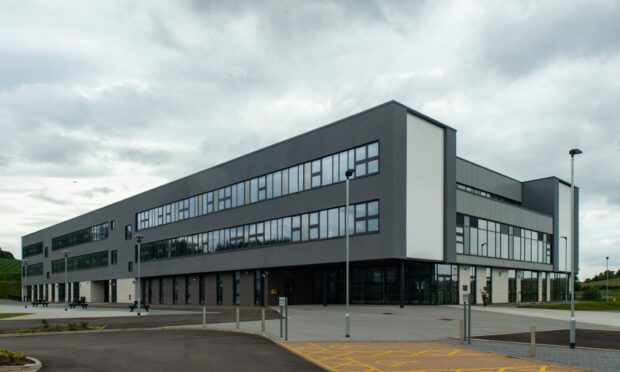
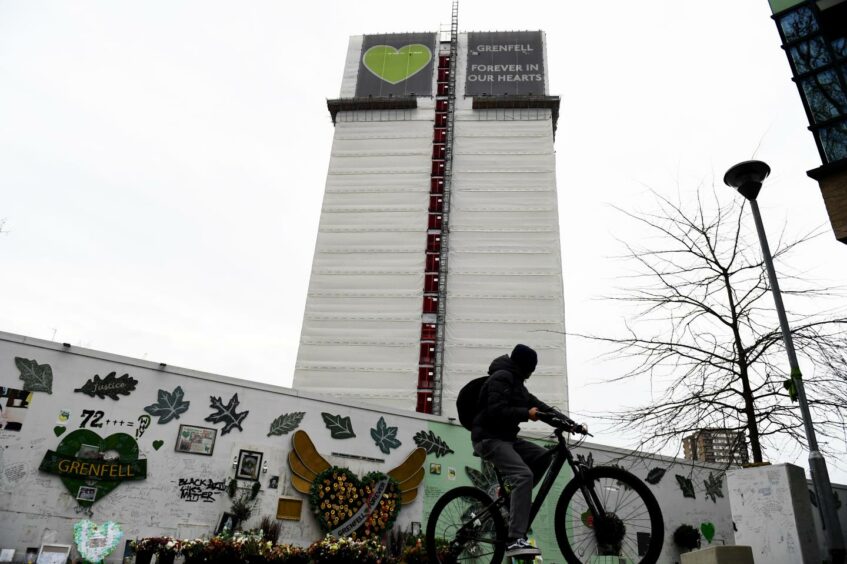



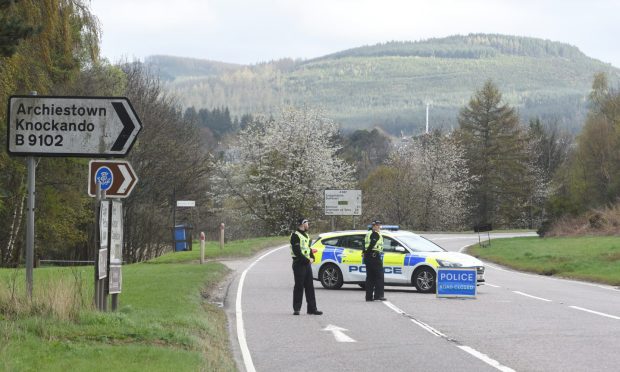

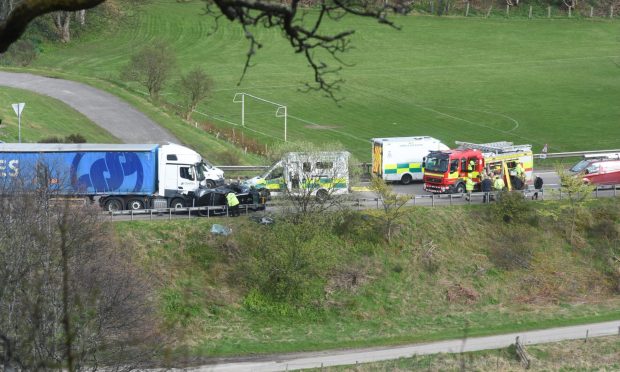


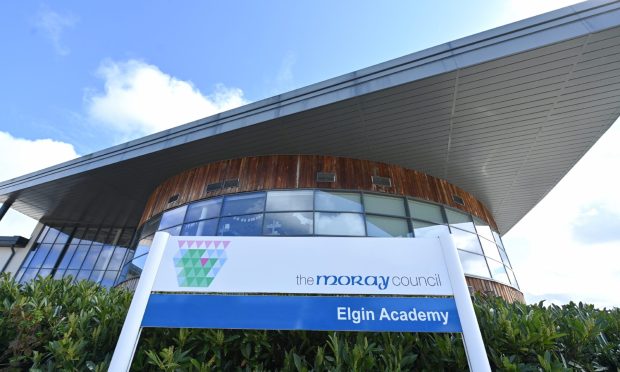


Conversation